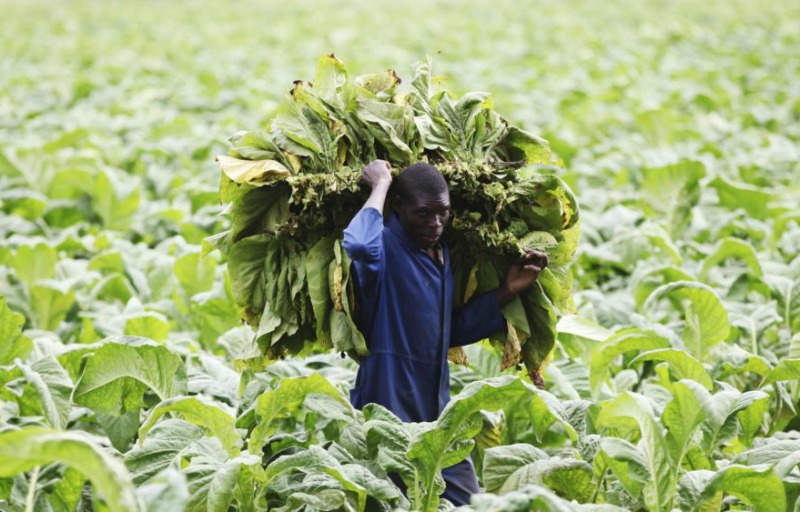THE Labour Ministry has approved the publication of the recently agreed Collective Bargaining Agreement effecting an 84.6 % wage increase which will see the highest paid employee in the sector earning $720 despite high inflationary figures.
The agreement was made and entered in accordance with the Labour Act [Chapter 28:01], as amended from time to time.
This was agreed with organisations such as Zimbabwe Agricultural Employers Organisation (ZAEO), Zimbabwe Commercial Farmers Union (ZCFU), Zimbabwe Farmers Union (ZFU), Commercial Farmers Union (CFU) and Zimbabwe Tobacco Association (ZTA), the General Agriculture and Plantation Workers’ Union of Zimbabwe (GAPWUZ) and the Horticulture, General Agriculture and Plantation Workers’ Union of Zimbabwe (HGAPWUZ) being parties to the National Employment Council for the Agricultural Industry in Zimbabwe.
“The least paid grade A1 which used to earn $185 will now be taking $360, grade A2 will be earning $385 up from $209, grade A3 will be earning $425 up from $230 while the highest paid grades C1 and C2 will be earning $666 and $720 respectively up from a salary of $390,” says the CBA in part.
The agreement shall be backdated to October 1 2019.
However, the new wage structures come at a time when the Total Consumption Poverty Line has already eroded the agricultural sector increments.
According to Zimbabwe national Statistics Agency (ZIMSTAT), average Zimbabwean family of five people required at least $2 192 in September this year to meet its basic needs for it not to be deemed poor, a 20 percent jump from the previous month, data released on Thursday shows.
In August, the same family required $1 827 as prices of goods and services have continued to go up since the beginning of the year on the back of a loss in value of the local currency against major currencies, especially the United States dollar.
Against such a background rising inflation estimated by non- governmental bodies to be hovering over 300% has also continued to wipe out workers earnings and pushing them into the poverty bracket.
International Labour Organisation’s studies have since shown that Zimbabwe is among the global nations with the highest numbers of the working poor.






